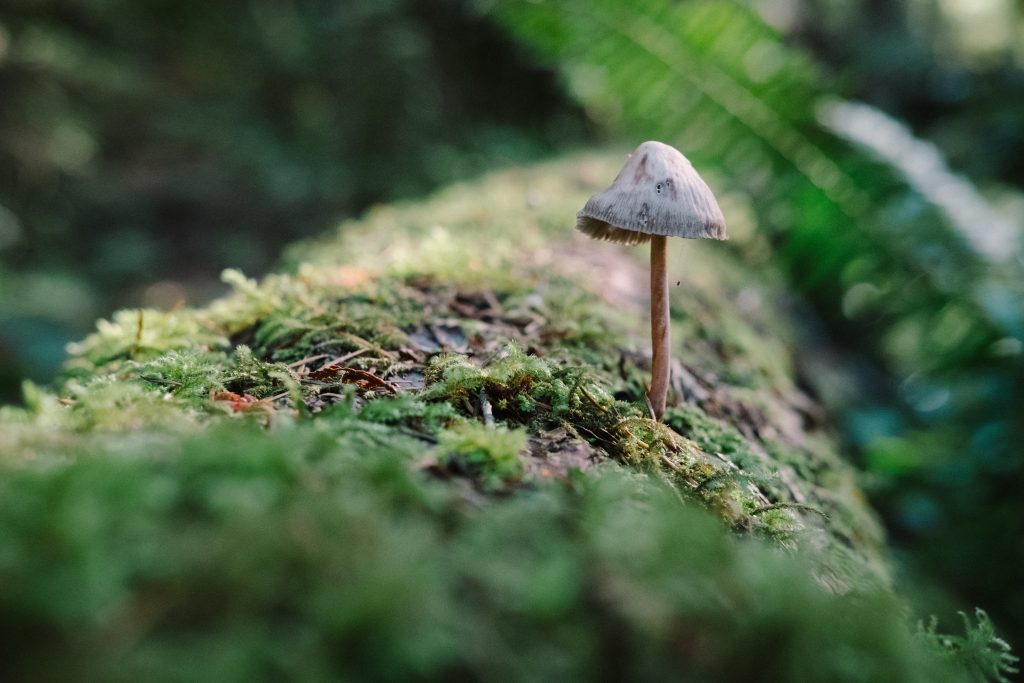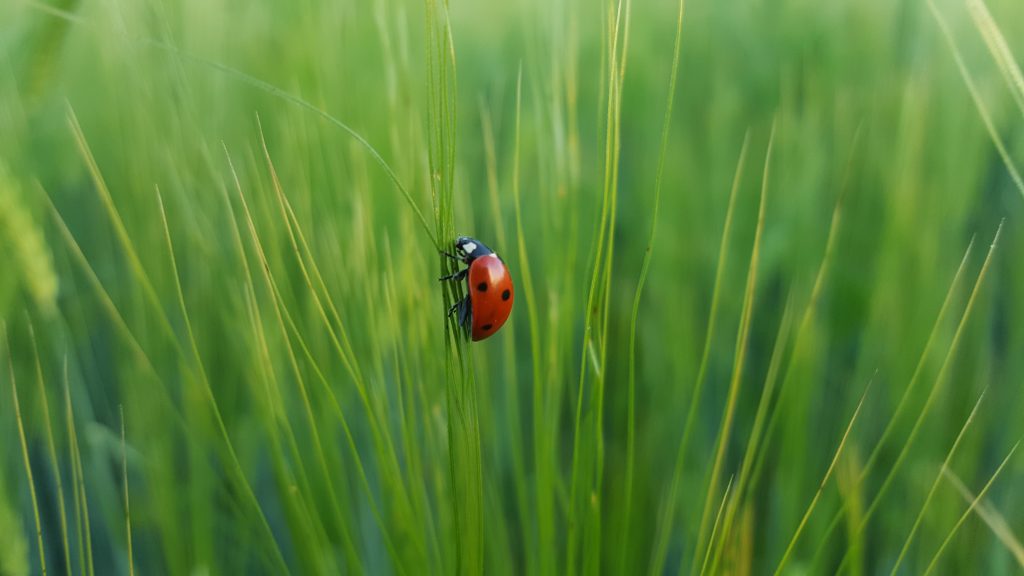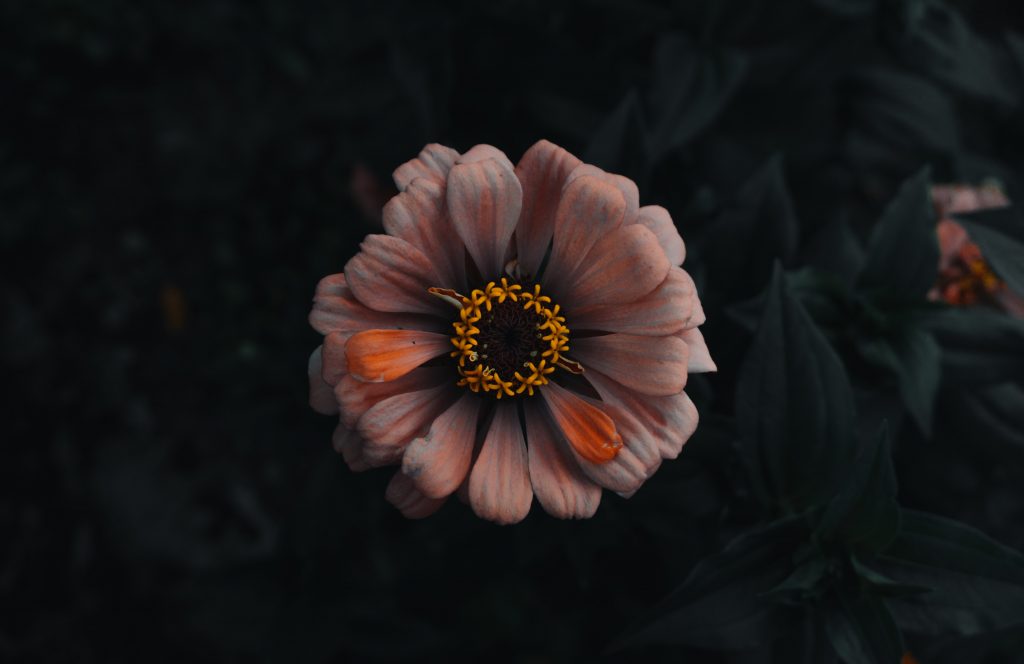Due to the magnification factor and the small camera-subject distance, macro photographs usually have a shallow depth of field. It means only the subject or a part of the subject is in focus while the background is blurred. Nevertheless, it doesn’t mean that background doesn’t matter in macro photography. It does, and quite a lot. So don’t overlook the background when taking macro shots. Here are the best practices to achieve the best background for macro photography in the camera.
Get a Smooth Background
To achieve a perfectly smooth background is not enough to have a shallow depth of field. Blurred doesn’t necessarily mean smooth. One way to achieve a smooth background is to find a background further away from the subject. When there is a long distance between the subject and the background, the camera will create a nice effect and blend in with the background colors.
In macro photography, you can get backgrounds further away from the subject if you get to the subject’s level and see the world from its perspective. You can get below the subject and use the sky as the background.

Photo by Jesse Bauer on Unsplash
Use Color Contrast
The color contrast between the subject and background adds context and enhances the story. The background becomes part of the composition, not just something that happens behind the subject, and needs to be as discrete as possible. You need to search for an appropriate background, such as green grass for a red subject or blue sky for a yellow subject.
Color contrast is impactful and captures the viewer’s attention immediately. It’s also meaningful and able to convey emotions. Therefore, the background helps you embrace storytelling and create more powerful compositions.

Photo by Martin Oslic on Unsplash
Create an Artful Dark Background
Fine art macro photography plays with darkness and brightness in a way very similar to painting. Just think of the chiaroscuro technique. And you can apply the same principles to macro photography. To create an artful dark background, you need to illuminate the subject, not the background. If you photograph in low light conditions, you can choose a background further away from the subject and illuminate only the subject with a frontal artificial light source (e.g., an on-camera flash). If you have enough ambient light illuminating the background, you can use an artificial light source (e.g., a Speedlight, continuous LED light) to backlight the subject. Set exposure settings for the subject and let the background underexposed.

Photo by David von Diemar on Unsplash
Conclusion
Everything that enters the frame should be purposefully chosen when you take a photo. The background and the space around the subject matter as much as the subject. Photo compositions need balance and harmonious relations between elements. So, check out the entire frame before pressing the shutter release button.
Cover photo by Johan Desaeyere on Unsplash

